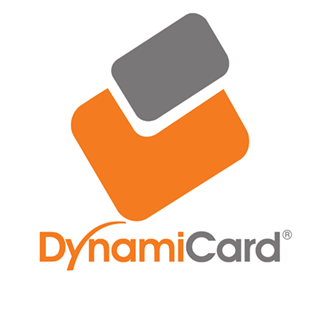Most Groupon users are bargain hunters and won’t return to your business unless they’re nearby. Groupon itself says that only some 22% of their coupon users become repeat customers, so you need to take that into account when working out your marketing plans. Let’s consider how direct mail can put the numbers much more in your favor.
Coupon Difficulties
I’m not here to bad-mouth Groupon; they promote your sale to a huge audience and handle payments, and have provided a big boost to many businesses. But they’re not for everyone. Their requirements of a minimum number of coupons and a big discount can be burdensome for small businesses. Plus they take 50% of the purchase for themselves and their delayed payment can wreak havoc with your cash flow. You’ve probably heard some horror stories, but a lot of the blame really rests on business owners not thinking through what will likely happen and working out the numbers.
The digital marketing company Lightspan provided two extreme theoretical examples.
The first is a gourmet cupcake shop with a low net margin. Even though there were no up-front costs, with 800 Groupons, fees were $2,400 and they lost $7 per sale — that $5,600 out of pocket — to gain 176 repeat customers. They need each and every one to return 20 times just to break even on the promotion. Not a good idea.
The second example is a high-margin jeweler. With 400 $500 merchandise for $250 Groupons, fees were $50,000. Even with an assumption that the average new customer bought considerably more than the coupon value, there was still a net loss of $12,000. However the jeweler captured 88 repeat customers and would more than recovered his initial loss with just one return visit from each. Good deal.
The Direct Mail Alternative
In an article for the Harvard Business Review’s website, Rob Bradshaw compared a Groupon campaign to a direct mail campaign for a hypothetical high-end restaurant with an average dinner for two costing $100.
Out of 100 Groupons sold, reasonable assumptions conclude that only 10 are ideal customers (living within 10 miles and having an income of $100 k per year or more) and that 70% of them returned 3 times during the following 12 months. After 1 year the promotion would have resulted in 121 dinner sales and $4,600 in revenues ($38 per dinner for two).
Alternatively, consider a mailing that offers the same 50% discount to a list sized to bring in the same number of new customers (100). The restaurant receives the full $50, but more importantly by focusing the mailing list all of them are ideal customers. With 70% of those returning 3 times that’s 320 dinner sales and $26,000 in revenues ($81 per dinner for two).
Direct mail looks far better, although a business owner needs to consider the cost-of-goods and the cost of the mail campaign to determine if it’s really worth pursuing. In many situations the cost of a mailing is on par with that of Groupon’s cut, making the trade-off decision a lot easier.
The most important take-away is that it’s vital to focus on maximizing the number of new repeat customers.
Making It Work
Here are a few tips to keep in mind when you’re considering your next new-customer campaign to maximize long-term customers and minimize bargain hunters.
- With direct mail you avoid loosing Groupon’s 1/2 cut of the sale, and you’re completely in charge. The discount can be as small as you think will still be effective in bringing in new customers. You can exclude existing customers, and most importantly limit the mailing to your ideal demographic.
- Work out the structure of the deal and run some numbers, even if they’re guesstimates. How much will you loose on each discount sale? Is there anyway to turn that into a break-even? How many repeat customers do you need and how many times must they come back for the campaign to be worthwhile? Can your cash flow absorb any short-term loss?
- Encourage purchases beyond what the discount offers, such as by excluding alcoholic beverages or having additional deals in your shop that aren’t loss leaders.
- Implement a plan to get as many of those new customers to return such as by offering an incentive or loyalty program on that very first visit.
- Promote personalized service and quality, not just discount prices.
The experts here at Dynamicard are ready to work with you to develop the most cost-effective direct mail campaign, including plastic postcards with discount coupon pop-offs that people will be proud to use even at high-end establishments.


